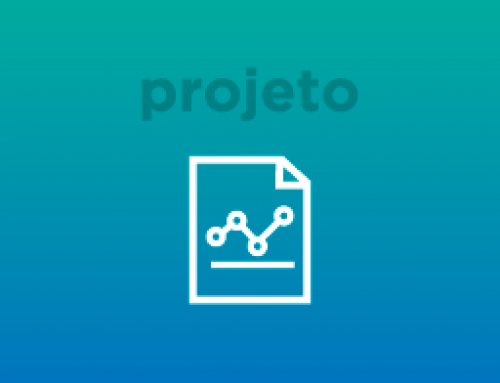Internet of Things networks together with the data that flow between networked smart devices are growing at unprecedented rates. Often brokers, or intermediaries nodes, combined with the publish/subscribe communication model represent one of the most used strategies to enable Internet of Things applications. At scalability viewpoint, cloud computing and its main feature named resource elasticity appear as an alternative to solve the use of over-provisioned clusters, which normally present a fixed number of resources. However, we perceive that today the elasticity and Pub/Sub duet presents several limitations, mainly related to application rewrite, single cloud elasticity limited to one level and false-positive resource reorganization actions. Aiming at bypassing the aforesaid problems, this article proposes Brokel, a multi-level elasticity model for Pub/Sub brokers. Users, things, and applications use Brokel as a centralized messaging service broker, but in the back-end the middleware provides better performance and cost (used resources × performance) on message delivery using virtual machine (VM) replication. Our scientific contribution regards the multi-level, orchestrator, and broker, and the addition of a geolocation domain name system service to define the most suitable entry point in the Pub/Sub architecture. Different execution scenarios and metrics were employed to evaluate a Brokel prototype using VMs that encapsulate the functionalities of Mosquitto and RabbitMQ brokers. The obtained results were encouraging in terms of application time, message throughput, and cost (application time × resource usage) when comparing elastic and non-elastic executions.


